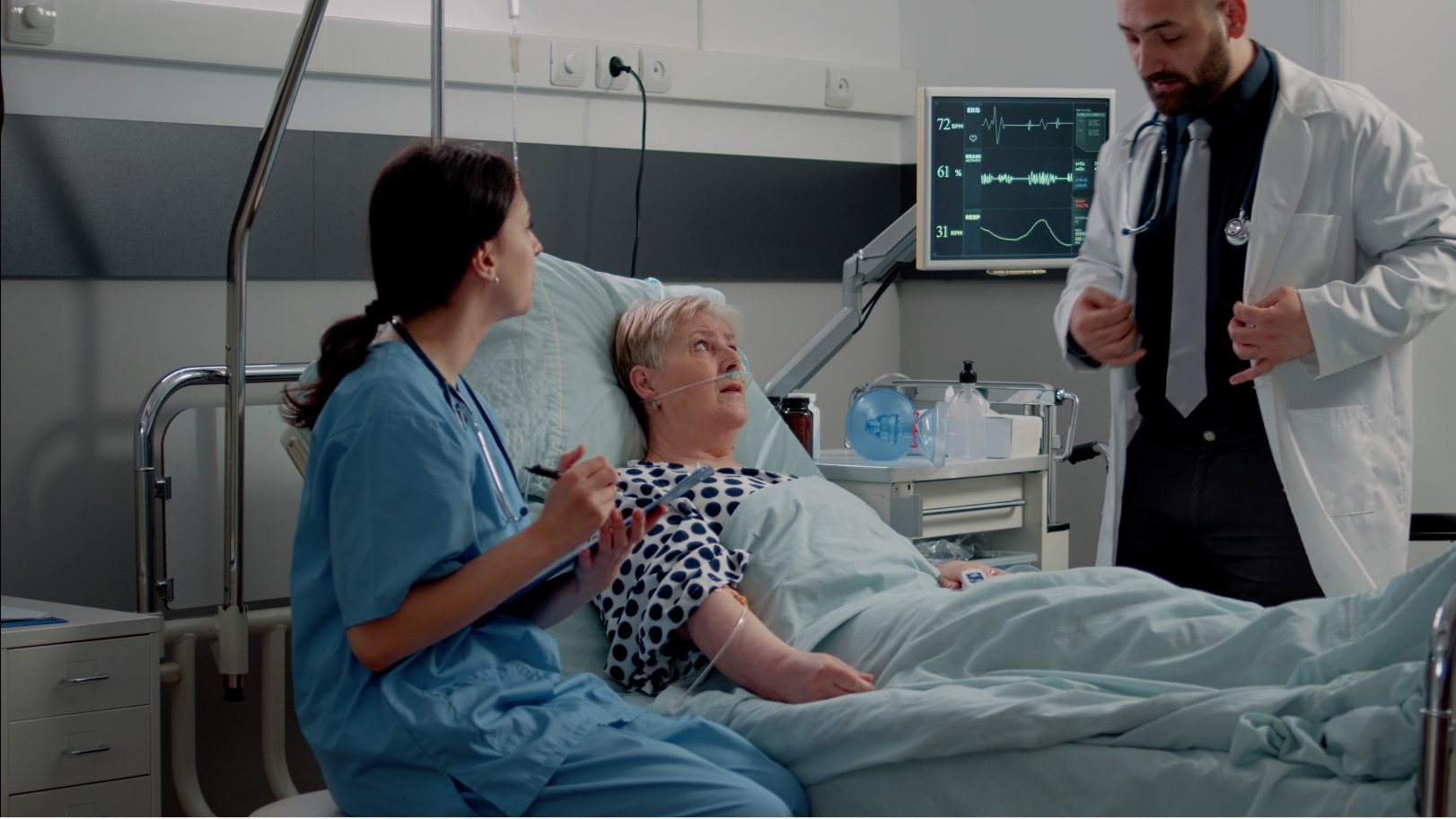Learning objectives
- Define and diagnose postoperative neurocognitive disorders (pNCD)
- Identify patients at risk of pNCD
- Prevent pNCD
Background
- Cognition is defined as ‘the mental action or process of acquiring knowledge and understanding through thought, experience, and the senses’
- Six domains:
- Perceptual–motor function
- Language
- Learning and memory
- Social cognition
- Complex attention
- Executive function
- Can be influenced by endogenous and exogenous conditions (stress, inflammation, hormonal balance, disease)
- Changes physiologically through aging
- Surgery is associated with a (temporary) decline in cognitive function due to the physical and psychological stresses
Risk factors
- Advanced age
- Disabilities
- Frailty
- Major surgery
- History of alcohol abuse
- Lower educational status
- History of stroke
- Longer duration of anesthesia
- Postoperative infection
- Respiratory complications
- Anticholinergic medication
- Sevoflurane use for anesthesia
Definition
- pNCD is not yet defined by the Diagnostic and Statistical Manual of Mental Disorders, 5th Edition
- Described in the literature as a postoperative decline in cognitive function that can potentially last from months to years
- Different grades:
- Mild neurocognitive disorder: Noticeable decline in cognitive function, requiring adjustment to maintain independence in daily activities that extends beyond the regular changes of aging
- Major neurocognitive disorder: Significant burden of cognitive impairment that results in impaired activities of daily living
- Can be detected from 7 days after surgery, and is different from transient cognitive deficits immediately after surgery (e.g., postoperative delirium)
Diagnosis
- Diagnosis of pNCD is complex and requires neuropsychometric testing
- Cognitive domains that are evaluated:
- Learning and memory
- Language
- Perceptual motor
- Social cognition
- Complex attention
- Executive function
- Delirium
- In practice, several validated short-form tests are used
Test Description Advantages Disadvantages
MiniCog Very short test consisting of a three-word registration, a clock drawing test and the three-word recall Easy to administer, available in many languages, results independent from language skills and education, parallel versions available Not sensitive for mild cognitive dysfunction
IQ-CODE (Informant Questionnaire on Cognitive Decline in the Elderly), short form Questionnaire addressing change in everyday activities in 7 aspects (short-term and long-term memory, temporal and spatial orientation, learning, managing financial issues) in five gradations, to be filled-out by relatives or friends Questionnaire that can be handed out to relatives, no patient participation required, easy to administer, easy evaluation Only subjective estimation of cognitive function, limited scientific usability
MMSE (Mini Mental State Examination) Widely-used cognition test designed in 1975 for Alzheimer’s Disease detection, takes 10 min to administer Easy to administer, already widely introduced into clinical routine, good data availability Low sensitivity for mild and medium cognitive dysfunction, primarily sensitive for dementia detection
Clock-drawing test Patient is asked to draw a clock showing a defined time. Detects impairment in visio-spacial and problem-solving abilities Short and easy to administer, no license or template required There are different approaches to evaluate the results. Conflicting database on sensitivity for mild cognitive impairment and generalization of the results on different domains of cognition
MoCA (Montreal Cognitive Assessment) Detailed cognition test, sensitive to detect even mild cognitive impairments, takes 10–15 min to administer Covers many cognitive domains, sensitive for mild cognitive impairment, easy interpretation of results. Available in many languages and parallel versions Requires operator training, time-consuming administration makes it unsuitable for clinical routine
Prevention
- Carefully prepare high-risk patients and inform the patient, relatives or confidantes about the procedure
- Do not exceed the minimum required time of preoperative fasting
- Avoid unnecessary postponement of surgery
- Avoid routine benzodiazepine administration
- Perioperative sensory orientation: Encourage patients to wear their glasses, hearing aids, and dentures until anesthesia induction
- Limit opioid use
- Perioperative warming
- Adequate analgesia
- Avoid deep sedation
- Continuously monitor depth of sedation/anesthesia (EEG)
- Maintain homeostasis and hemodynamics
- Facilitate early postoperative mobilization and re-orientation
- Propofol total IV anesthesia and dexmedetomidine were found to be protective, but further research is needed
Suggested reading
- Brodier EA, Cibelli M. Postoperative cognitive dysfunction in clinical practice. BJA Educ. 2021;21(2):75-82.
- Olotu C. Postoperative neurocognitive disorders. Curr Opin Anaesthesiol. 2020;33(1):101-108.
- Shoair OA, Grasso Ii MP, Lahaye LA, Daniel R, Biddle CJ, Slattum PW. Incidence and risk factors for postoperative cognitive dysfunction in older adults undergoing major noncardiac surgery: A prospective study. J Anaesthesiol Clin Pharmacol. 2015;31(1):30-36.
We would love to hear from you. If you should detect any errors, email us customerservice@nysora.com







